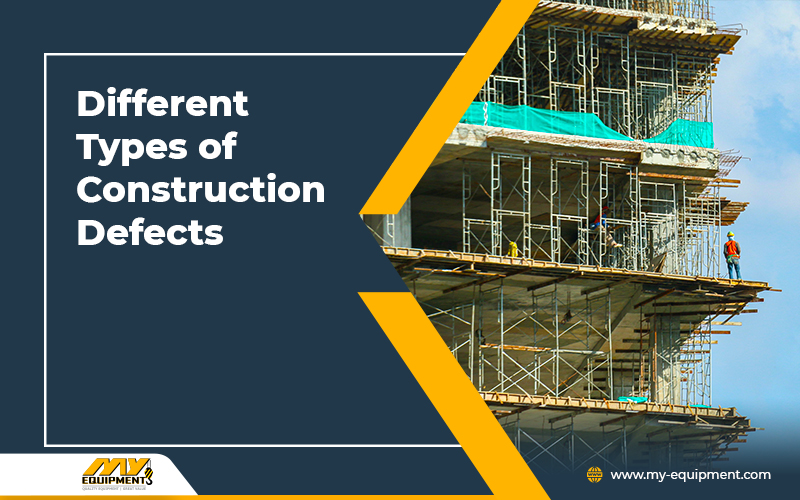There are a few different types of construction defects that can happen due to subpar workmanship, defective architectural designs, or the crew failing to carry out the construction process properly. If your infrastructure has any deficiency, it can be considered a construction defect. Failing to follow proper construction codes results in the final infrastructure being defective.
If your project lacks proper planning or supervision, construction defects are to be expected. If you fail to perform proper inspections, it is likely that the construction work will not be smooth. The end result of such improper construction will most likely have some defects.
Common Construction Defects
The most common construction defects include problems with the structural integrity. Your building’s structural integrity may be compromised by improper concrete, masonry, or carpentry. Other common construction defects include mechanical and electrical issues. If your building does not have proper thermal and moisture protection or has water intrusion, it can damage the property and expose it to toxic mold. There are four different types of construction defects, namely design deficiencies, material deficiencies, construction deficiencies, and subsurface deficiencies.
Design Deficiencies
Engineers and architects are design experts. These experts create the designs for a building’s infrastructure and systems. However, even experts sometimes fail to perform as necessary, which could lead to a problem.
Common design flaws involve constructing outside of the established building codes. Sometimes, there are design flaws that can lead to water infiltration, drainage issues, or insufficient structural support. Some buildings also have improperly constructed roofs.
Material Deficiencies
Using low quality materials might result in some serious issues such as leaky windows or inferior concrete that cannot handle pressure and easily cracks. Despite being placed properly, these inferior products fail to operate and function the way they should. You should be just as careful when buying materials as you are when looking at construction equipment for sale. Good quality building materials play a huge part in reducing construction defects.
Construction Deficiencies
In the final infrastructure, there may be several defects as the result of poor workmanship. Many building defects are purposefully hidden by contractors. One common defect is water getting in through a building’s structure, such as from the windows, doors, or roof openings. Mold can develop in an environment created by any kind of water infiltration. Other structural flaws include foundation fissures, dry rotting of lumbar, mechanical or electrical issues, and leaks in the plumbing.
Subsurface Deficiencies
You need to make sure that the site’s subsurface conditions are prepared for construction. If the ground is not properly compacted and is not ready for proper drainage, the infrastructure will have trouble properly settling into the ground. Overlooking subsurface conditions will eventually become a problem for your project.


 1400 Broadfield Blvd, Houston, TX 77084,
USA.
1400 Broadfield Blvd, Houston, TX 77084,
USA.